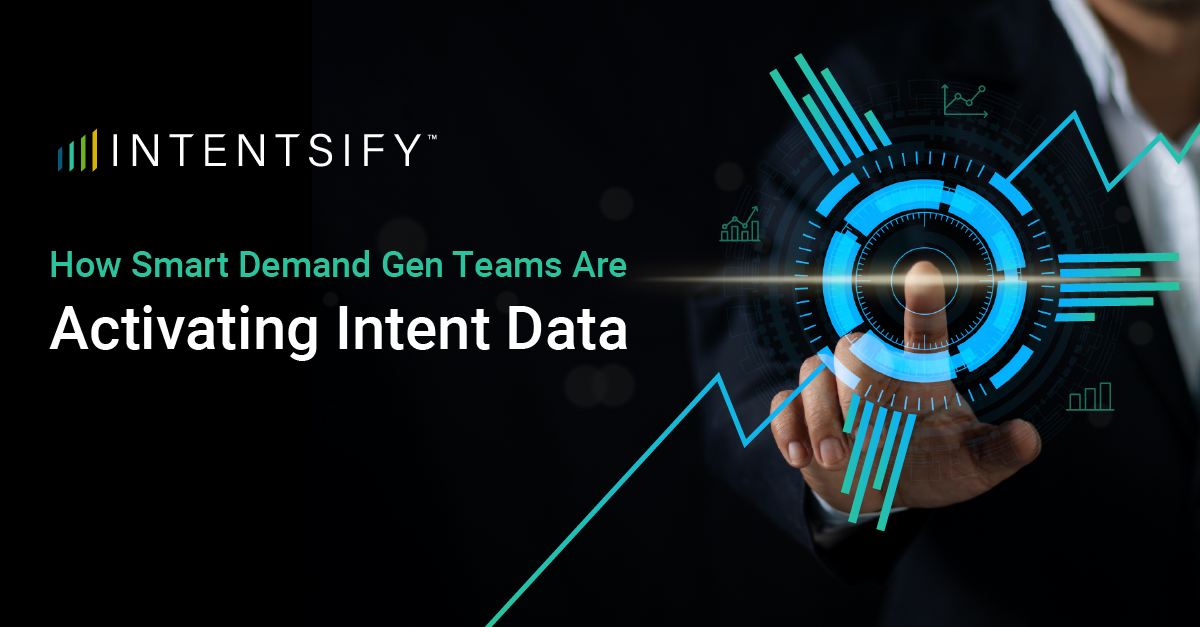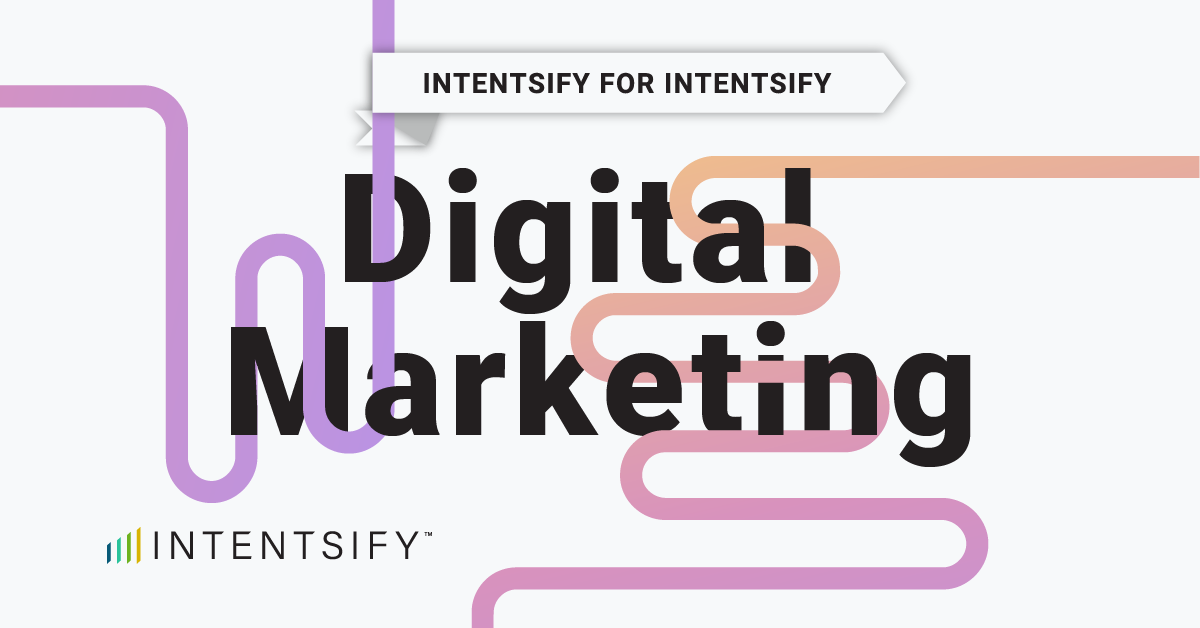B2B demand gen teams must adapt to an ever-changing landscape when activating intent data. They’re also expected to pioneer new technologies. Rapid AI developments and behavioral data access create numerous distractions. Shiny new tactics promise revolution but often derail your core strategy.
The reality is that smart demand gen teams have a finite amount of time and resources and very real revenue goals to hit. The secret to how they meet those goals? Leveraging and activating intent data.
Precision intent data is a powerful marketing tool. It fuels smarter strategies and more efficient sales tactics. Understanding audience interests helps B2B teams create targeted campaigns. They can reach the right people with the right message.
The Old vs. The New Wave of Intent Data
In 2015, marketers primarily used intent data for account-targeted display ads. For sales teams, they likely would have said it’s good for prioritizing outreach. These use cases remain relevant today. However, they’re just a fraction of intent data’s value.
Now, the use cases for intent data span the CX team, from building target account lists to preventing customer churn. But the insights are only as good as the intent data you have access to, and unfortunately, it’s not all created equal.
The first step to activating programs that are fueled off of intent insights is ensuring you have access to the best possible precision intent data: powered by AI, derived from various sources, the ability to use highly customized keywords and topics and provides visibility into buyer research at the URL level.
Where to Begin Activating Intent Data
So you’ve got access to precision intent. Now what?
Start Small: Focus on 1-2 Use Cases to Start
It can be tempting to try to do too much too fast. It’s best to start with one or two marketing use cases like account prioritization and intent-activated lead generation (via content syndication). This will help you get up and running quickly and see results faster.
Align Teams and Educate End Users
To achieve successful data adoption, you need to make sure the other functions of the go-to-market team are aligned on goals and understand how to use and where to find intent intelligence. This means ensuring everyone, from analysts to executives, grasps the overarching goals, strategic pillars, and tactical implementations behind your data strategy. Leverage resources offered by your intent data provider, such as onboarding programs and training materials, to empower users and bridge any knowledge gaps.
Establish Baseline & Buyer Journey Insights
To gain a clear understanding of the impact, establish a baseline by tracking relevant performance metrics both before and after deployment. Conversion rates, engagement metrics, and other key indicators will be closely monitored to quantify the tangible improvements driven by your efforts.
Spend Plenty of Time Selecting Keywords and Topics to Monitor
Selecting the right keywords and topics for your intent data tool to monitor is paramount to ensuring you’re getting the best intelligence possible. Here’s a checklist you can use to make sure you’re not missing any. Be sure to make the list of your custom keywords and topics to monitor before implementing intent data.
Pro Tip: Broad, industry-level keywords aren’t good indicators of purchase intent at the bottom of the funnel. But they are good to activate display ad campaigns against. When assigning keywords and topics, always map them to the buyer journey stage.
Connect Intent Data with Existing Initiatives
By layering intent data onto established strategies, you not only refine your targeting, but also uncover hidden gems: Net-new accounts that might not fit your ideal customer profile (ICP) but are actively demonstrating purchase intent. This potent synergy propels your efforts beyond cold outreach, transforming your campaigns into finely tuned magnets for qualified leads.
Explore Integrations and Opportunities for Scale
Unleashing the full potential of your intent data doesn’t stop at initial implementation and a few marketing use cases. Once you’ve acclimated, it’s time to employ new use cases throughout the GTM team and think where you can build integrations so intent intelligence is everywhere — especially into your CRM system. For instance, this two-way street keeps your sales and marketing teams on the same page, allowing for effortless analysis and action based on real-time buyer signals.
But the journey doesn’t end there. Intent data can be a launchpad for expanding your horizons into untapped territories. Think beyond lead generation and account prioritization and explore its potential for driving customer expansion. Identify existing clients exhibiting purchase intent for complementary products or services, and tailor personalized outreach to unlock hidden revenue streams.






